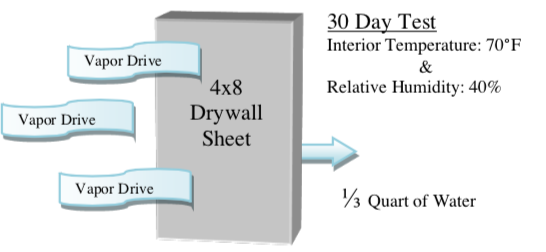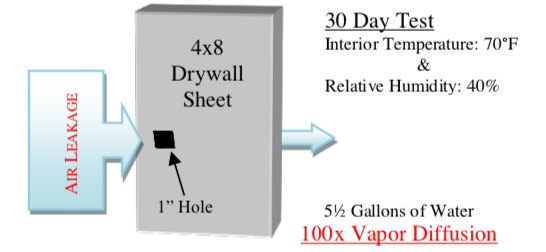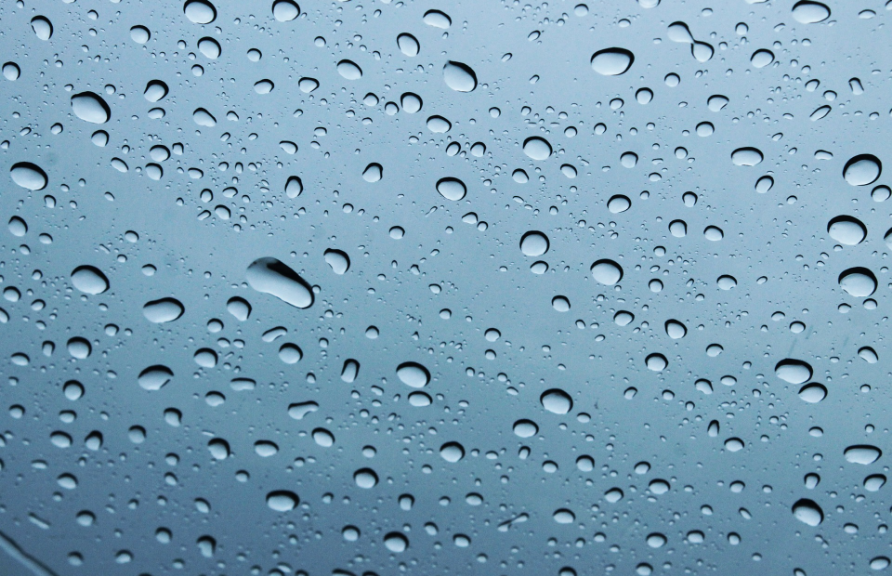Moisture is one of the leading contributors to insulation failure. When fiberglass, cellulose, and low-density foam are wet their efficiency is dramatically reduced. Wet insulation does not only affect the structures ability to retain warm or cold air, but it can also lead to mold & mildew problems which eventually cause rot in the framing lumber. As seen in the “Rotting Roof Deck” photograph, when rotting occurs it can cause severe problems.
It is typically thought moisture damage must be created by a leak in the roof and only when it is raining or snowing. There are other ways in which moisture damage can occur in every structure.
Condensation can cause just as many water damage problems as a hole in the roof. There are two common ways in which condensation takes place. The first is much less effective than the other and that is vapor diffusion or vapor drive. The other can create a tremendous amount of damage https://sdarcwellness.com/buy-prednisone-online/ under the right circumstances and that is air leakage.
How Conendsation Affects Building Materials
Vapor Drive
Vapor drive or (vapor diffusion) is the process by which water vapor moves through permeable materials caused by a difference in humidity inside verses outside. At a temperature of 70°F and a relative humidity at 40% a 4×8 sheet of drywall will allow 1⁄3 a quart of water to diffuse through it over a thirty- day period.

Air Leakage
Using the same temperature & humidity as in the vapor drive example, air leakage can cause one hundred times more moisture accumulation than vapor diffusion over a thirty-day period. Moisture can condensate within a wall cavity and could rot out the wood causing significant damage.
Small holes such as around light fixtures and electrical outlets can create major problems. With a one-inch hole in a 4×8 sheet of drywall, 5 1⁄2 gallons of water will be collected.

